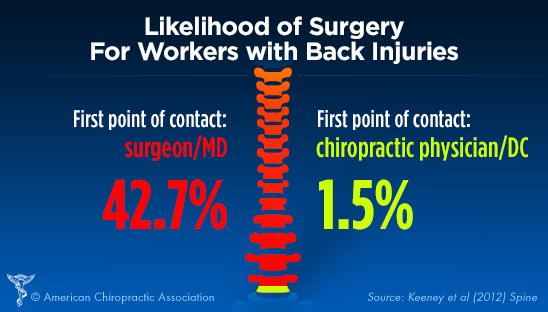Discovering The Science Behind Cold Laser Treatment: Analyzing Its Systems And Ramifications
Discovering The Science Behind Cold Laser Treatment: Analyzing Its Systems And Ramifications
Blog Article
Content Created By-Walls Roberson
You may have become aware of cold laser therapy as a promising treatment choice for numerous problems, yet have you ever before asked yourself exactly how it actually works on a mobile degree? Comprehending the systems behind this treatment can shed light on its effectiveness in promoting healing and decreasing swelling. By discovering the scientific research behind cold laser treatment, you'll obtain insights right into the interesting ways in which light can affect mobile procedures and facilitate cells repair.
How Cold Laser Treatment Works
To understand just how cold laser treatment works, you need to realize the fundamental principles of how light energy connects with organic tissues. Cold laser therapy, likewise referred to as low-level laser treatment (LLLT), utilizes particular wavelengths of light to penetrate the skin and target hidden tissues. Unlike the intense lasers utilized in operations, cold lasers give off reduced degrees of light that don't create heat or create damages to the tissues.
When these gentle light waves get to the cells, they're soaked up by parts called chromophores, such as cytochrome c oxidase in mitochondria. This absorption sets off a series of biological reactions, consisting of boosted mobile power production and the launch of nitric oxide, which boosts blood flow and reduces swelling.
Additionally, the light energy can additionally stimulate the manufacturing of adenosine triphosphate (ATP), the power currency of cells, assisting in mobile repair and regeneration processes.
Fundamentally, cold laser therapy harnesses the power of light power to promote healing and minimize discomfort in a non-invasive and mild way.
Devices of Action
Exactly how does cold laser treatment really function to generate its therapeutic impacts on biological cells?
Cold laser treatment, additionally referred to as low-level laser therapy (LLLT), runs via a process called photobiomodulation. When the cold laser is related to the skin, the light energy passes through the cells and is taken in by chromophores within the cells.
These chromophores, such as cytochrome c oxidase in the mitochondria, are then boosted by the light power, causing a waterfall of organic responses. One essential system of activity is the improvement of mobile metabolic rate.
The soaked up light energy enhances ATP manufacturing in the mitochondria, which is vital for mobile function and fixing. Additionally, https://chiropractic-injury-clini95162.slypage.com/28348707/gain-a-glimpse-into-the-future-of-recovery-via-the-usage-of-cold-laser-treatment-an-ingenious-method-that-supplies-unprecedented-pain-relief-and-cells-recovery assists to reduce swelling by preventing inflammatory mediators and advertising the launch of anti-inflammatory cytokines.
This anti-inflammatory impact contributes to pain relief and cells recovery.
Therapeutic Results
Understanding the restorative effects of cold laser treatment involves identifying just how the enhanced cellular metabolism and anti-inflammatory buildings add to its positive results on organic tissues.
When the cold laser is related to the damaged location, it boosts the mitochondria within the cells, resulting in raised production of adenosine triphosphate (ATP), which is important for mobile feature and repair service. This increase in cellular power accelerates the healing procedure by advertising cells regeneration and decreasing swelling.
Moreover, the anti-inflammatory residential or commercial properties of cold laser treatment assistance to lower pain and swelling in the targeted area. By inhibiting inflammatory conciliators and promoting the launch of anti-inflammatory cytokines, cold laser treatment help in relieving discomfort and boosting the total healing feedback.
This reduction in inflammation not just supplies immediate relief yet likewise sustains long-term tissue fixing.
Conclusion
In conclusion, cold laser therapy functions by stimulating cellular repair and tissue regeneration via photobiomodulation. Its anti-inflammatory homes offer discomfort relief and reduce swelling by hindering inflammatory mediators.
This therapy uses an extensive method to recovery, supplying both prompt alleviation and long-term cells repair work advantages.
Through its systems of activity, cold laser treatment shows to be an effective and encouraging therapy option for a variety of conditions.
